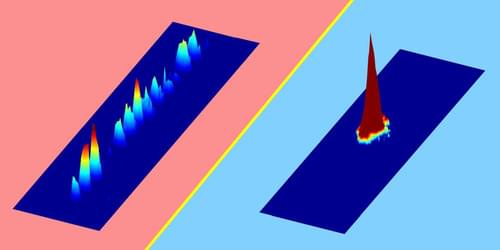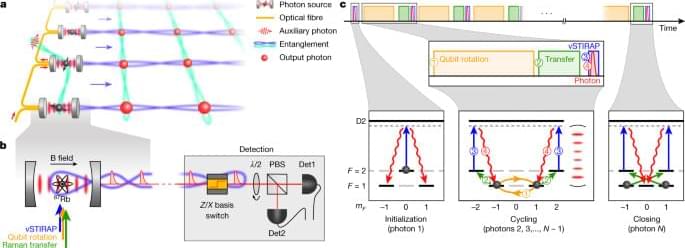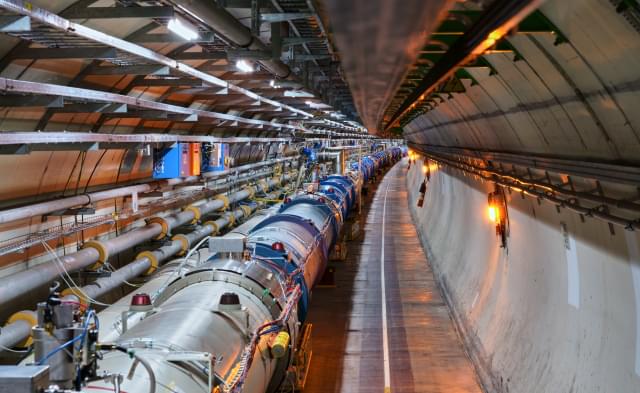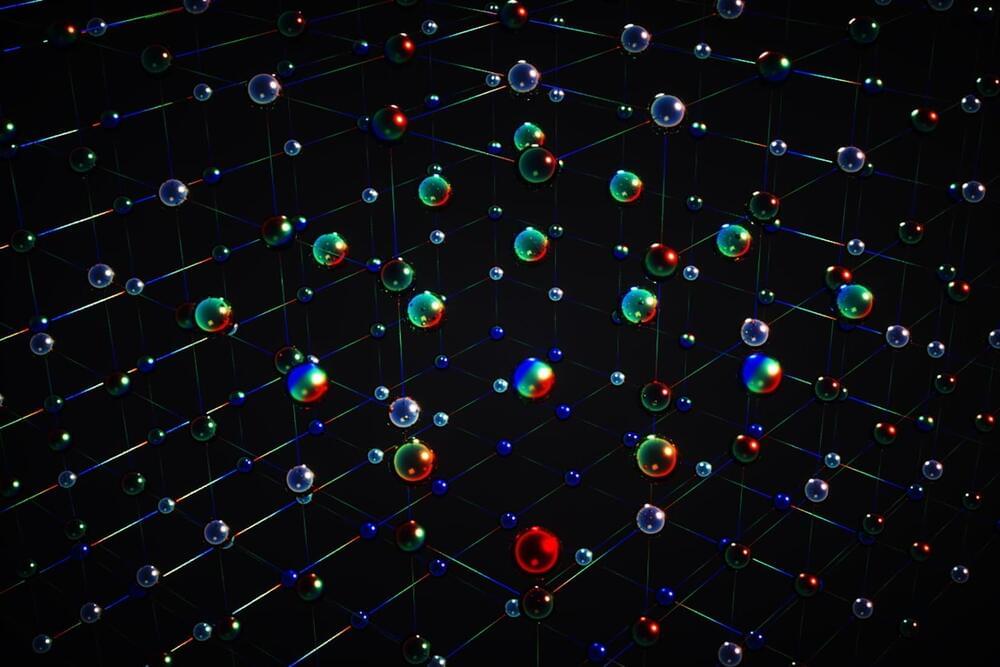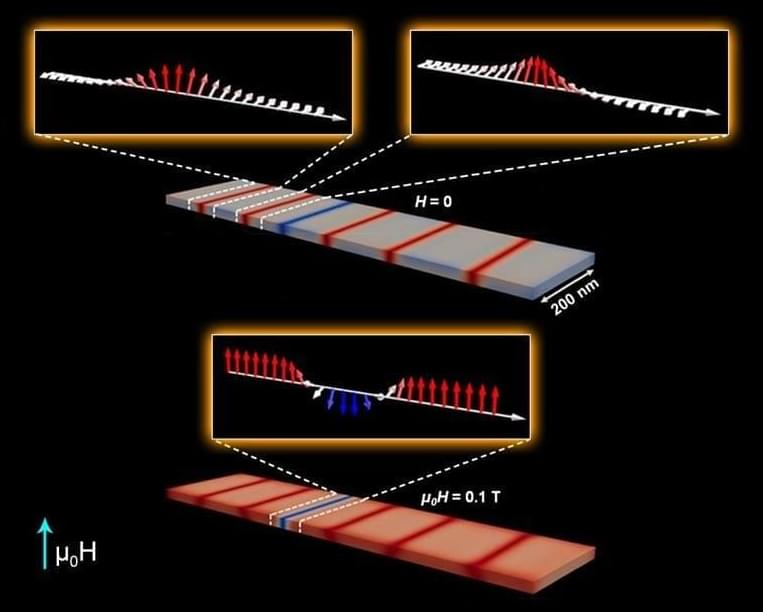Sep 2, 2022
New fur for the quantum cat: Entanglement of many atoms discovered for the first time
Posted by Saúl Morales Rodriguéz in categories: particle physics, quantum physics
Be it magnets or superconductors, materials are known for their various properties. However, these properties may change spontaneously under extreme conditions. Researchers at the Technische Universität Dresden (TUD) and the Technische Universität München (TUM) have discovered an entirely new type of these phase transitions. They display the phenomenon of quantum entanglement involving many atoms, which previously has only been observed in the realm of a few atoms. The results were recently published in the scientific journal Nature.
New fur for the quantum cat
In physics, Schroedinger’s cat is an allegory for two of the most awe-inspiring effects of quantum mechanics: entanglement and superposition. Researchers from Dresden and Munich have now observed these behaviors on a much larger scale than that of the smallest of particles. Until now, materials that display properties, like magnetism, have been known to have so-called domains—islands in which the materials properties are homogeneously either of one or a different kind (imagine them being either black or white, for example).



